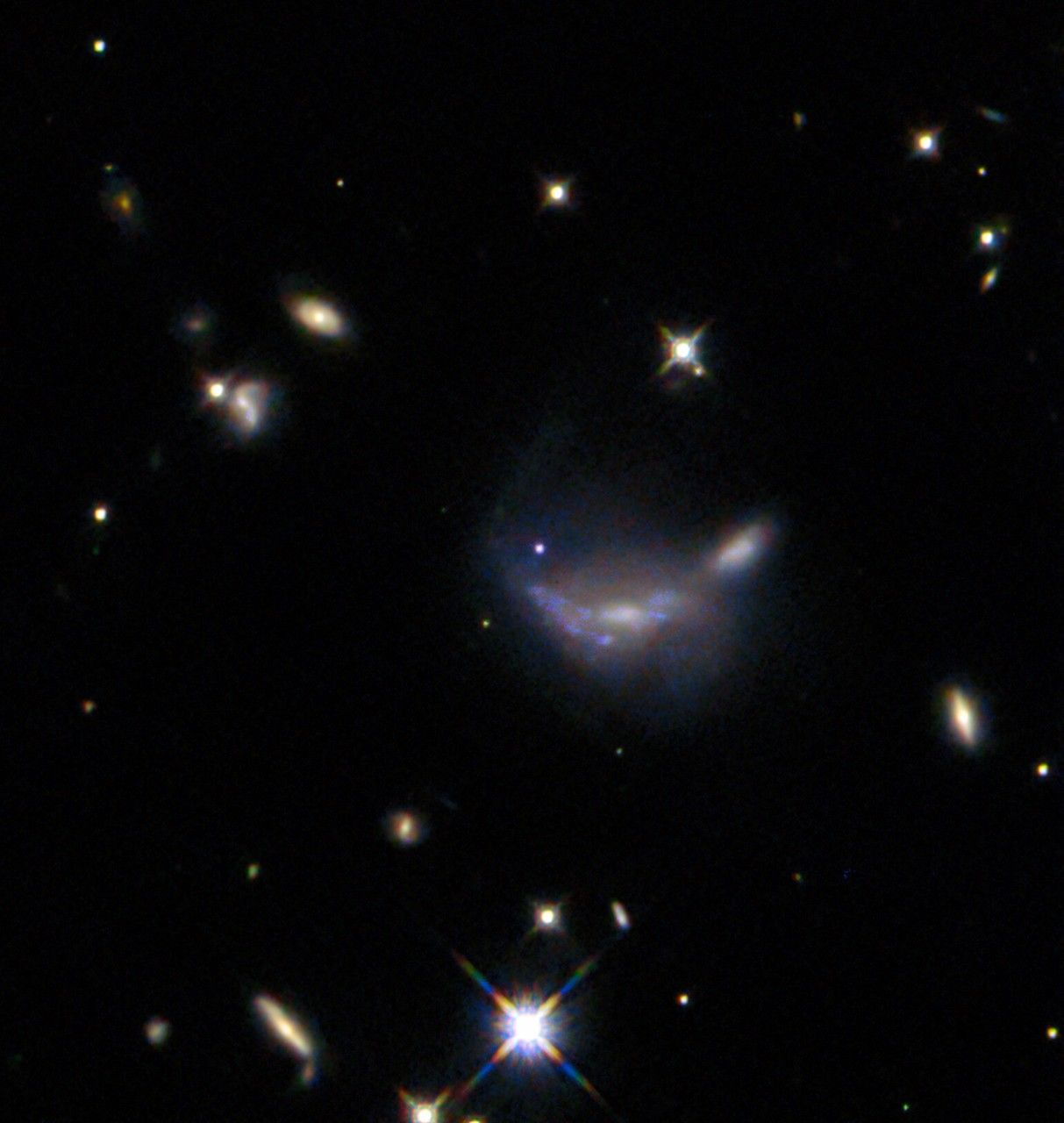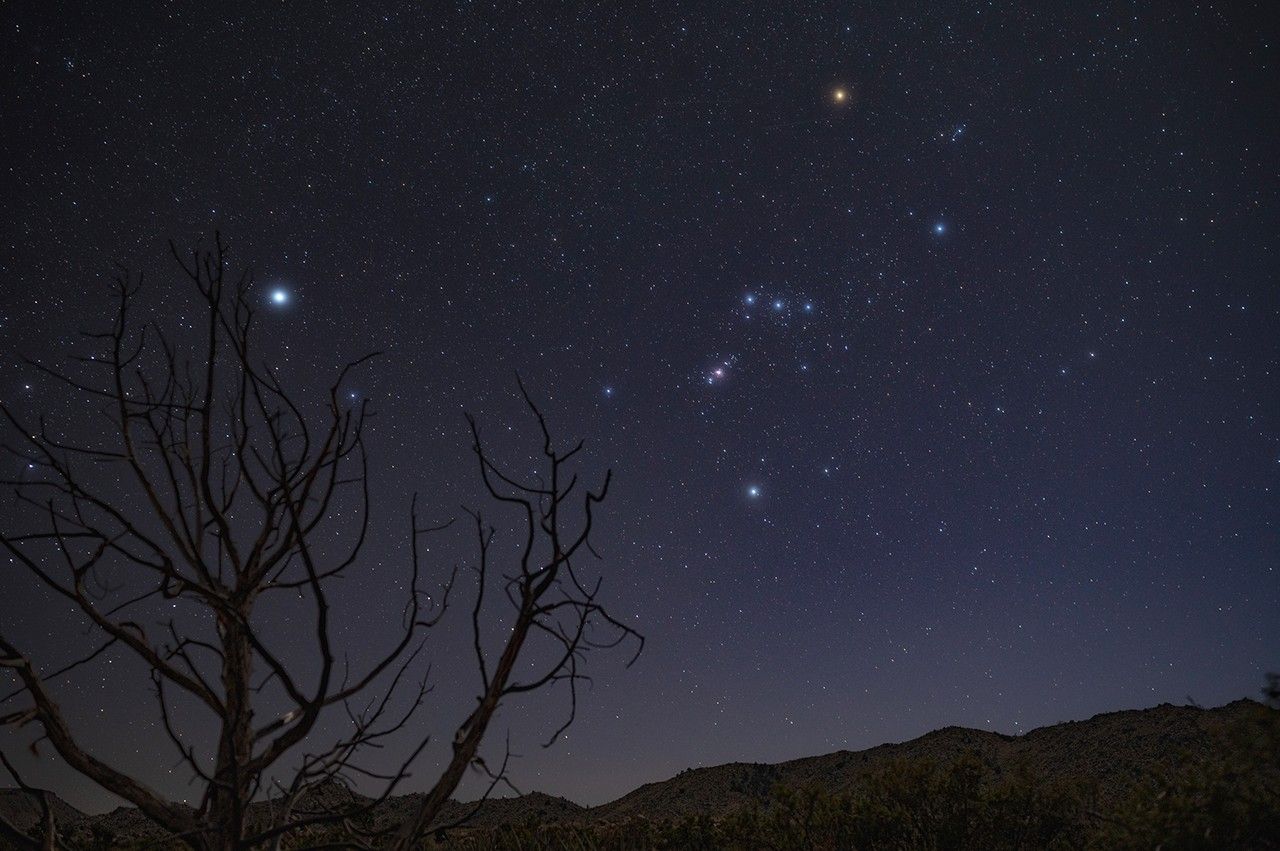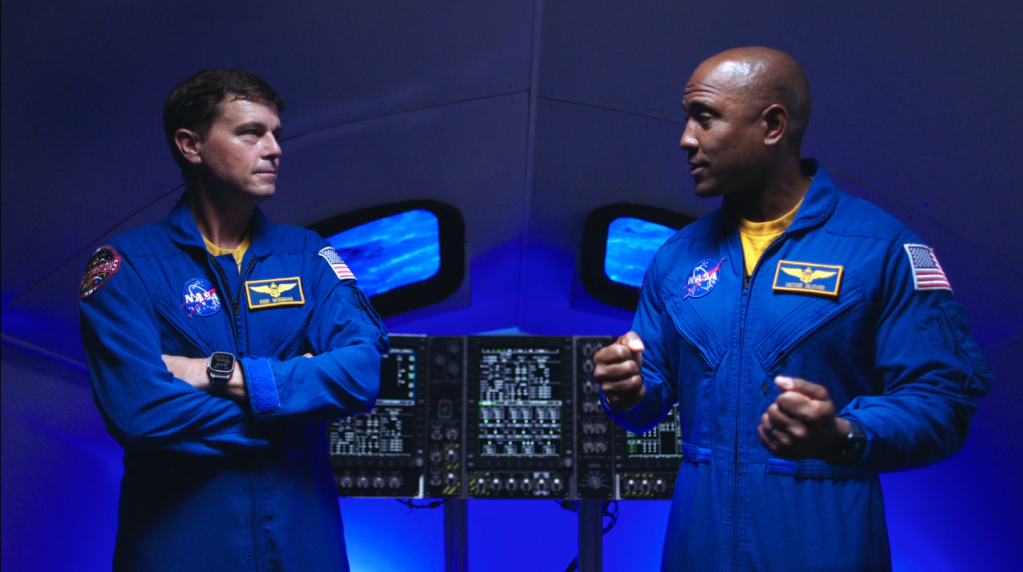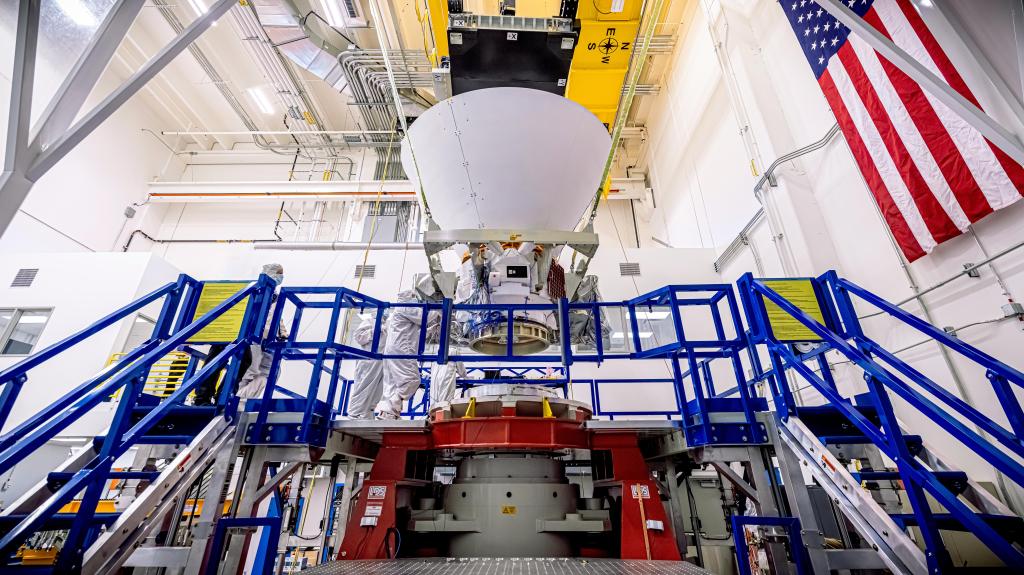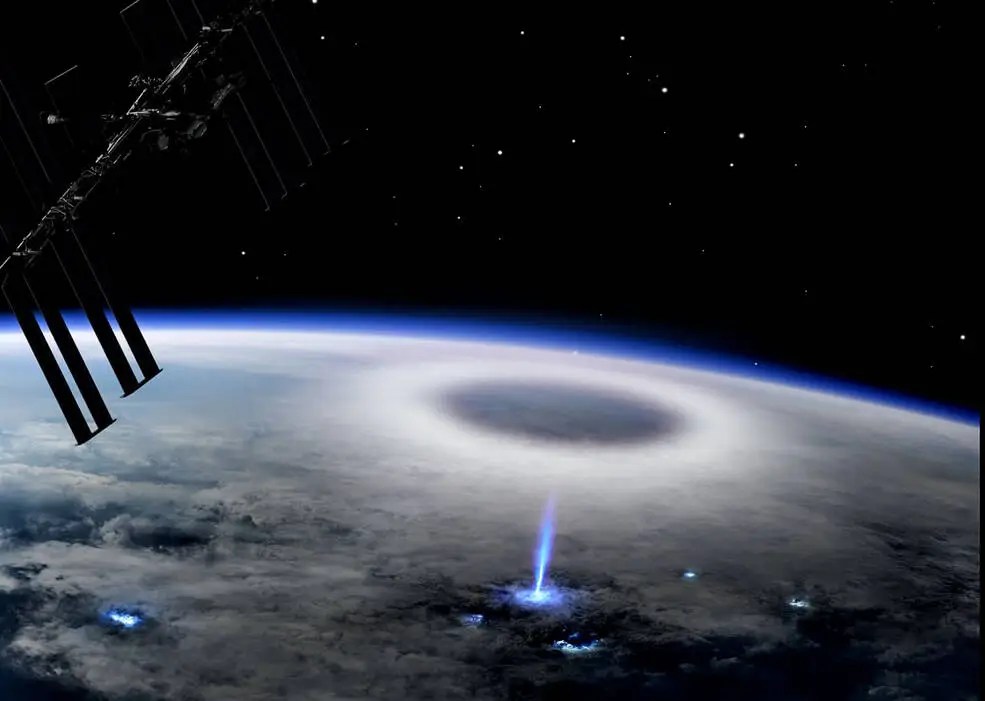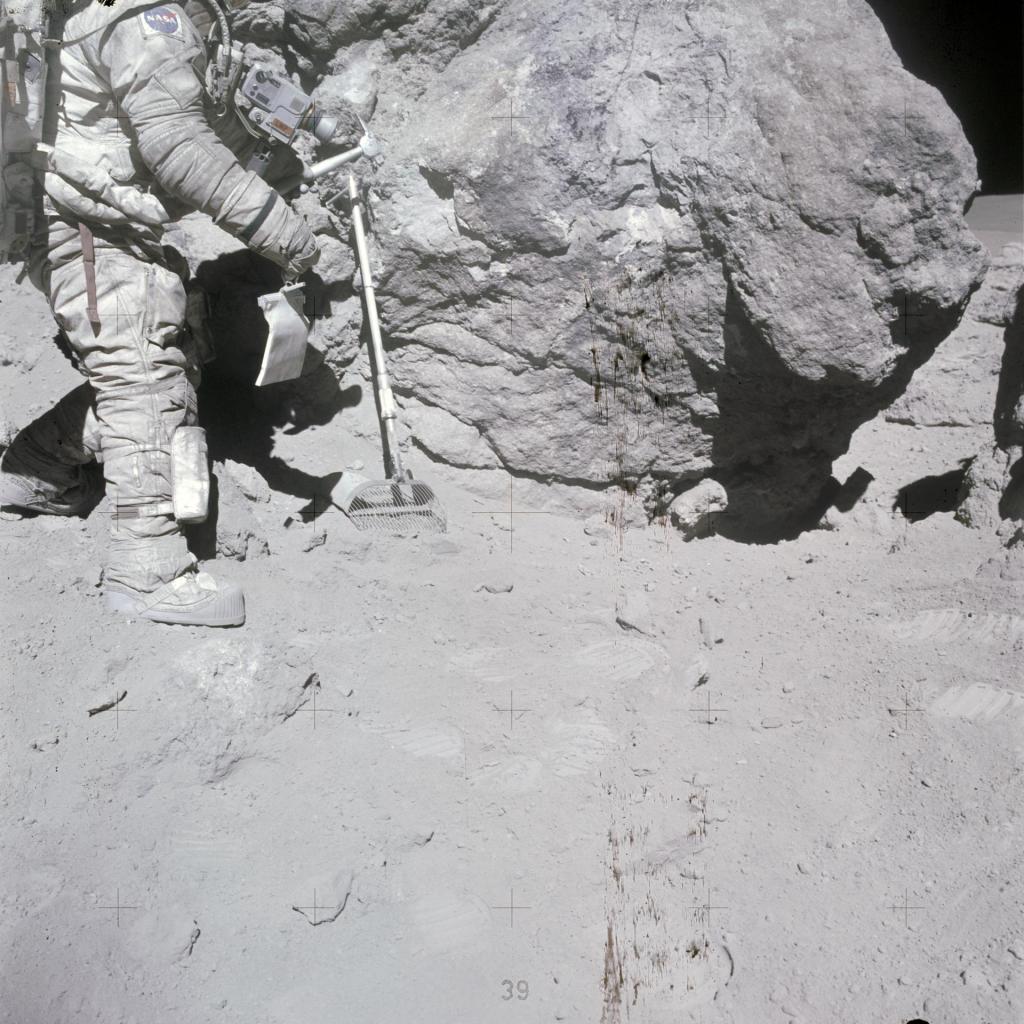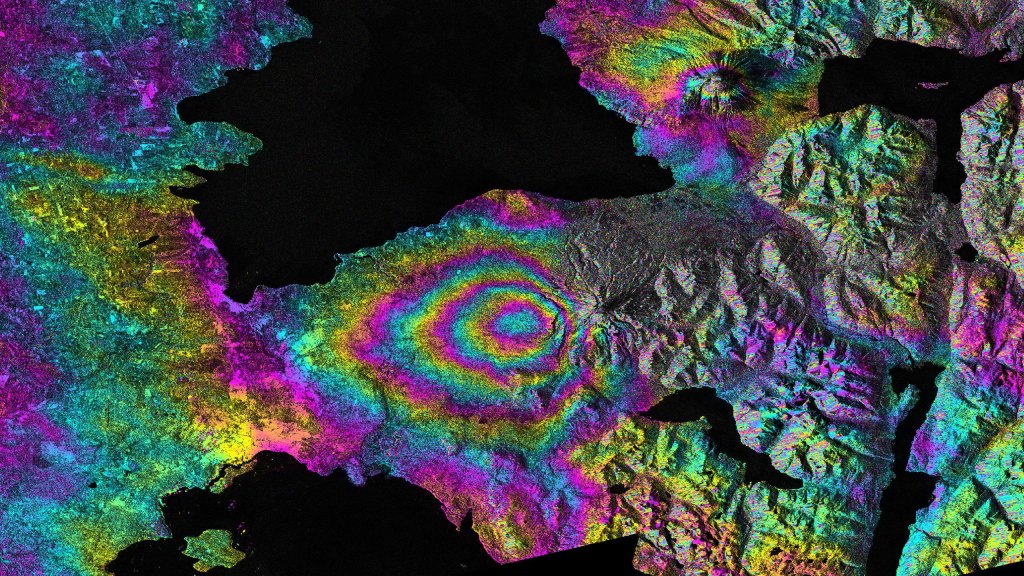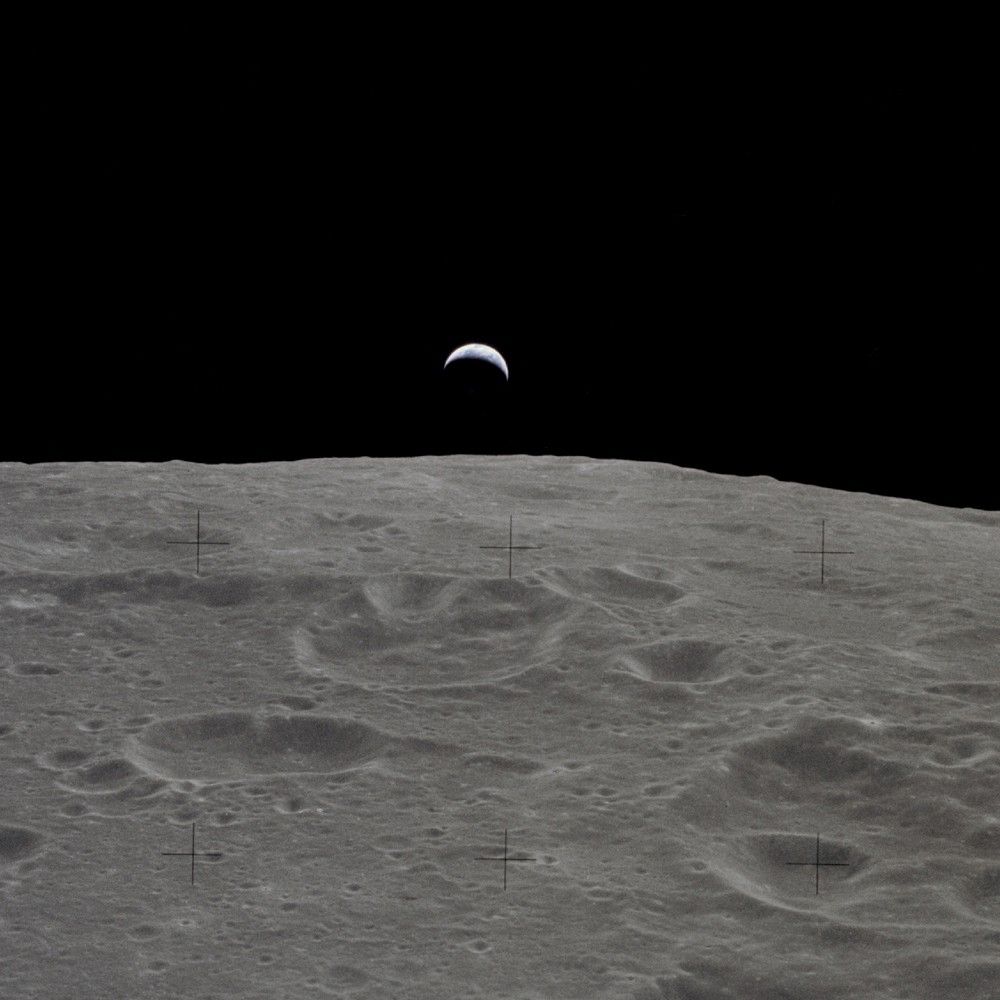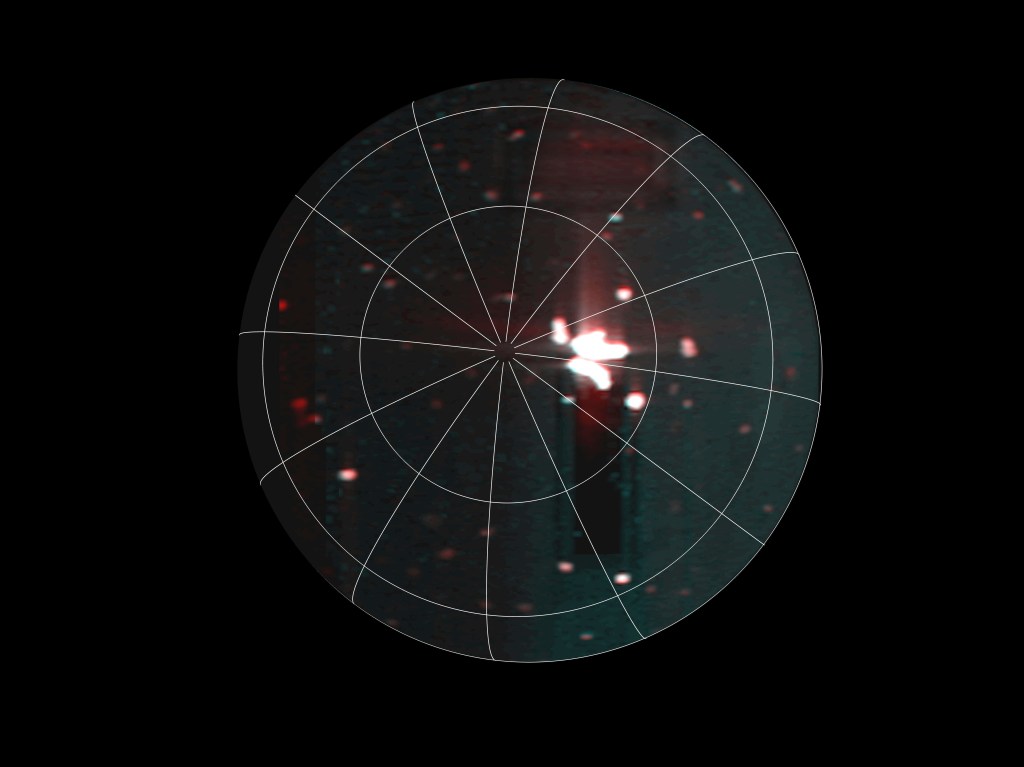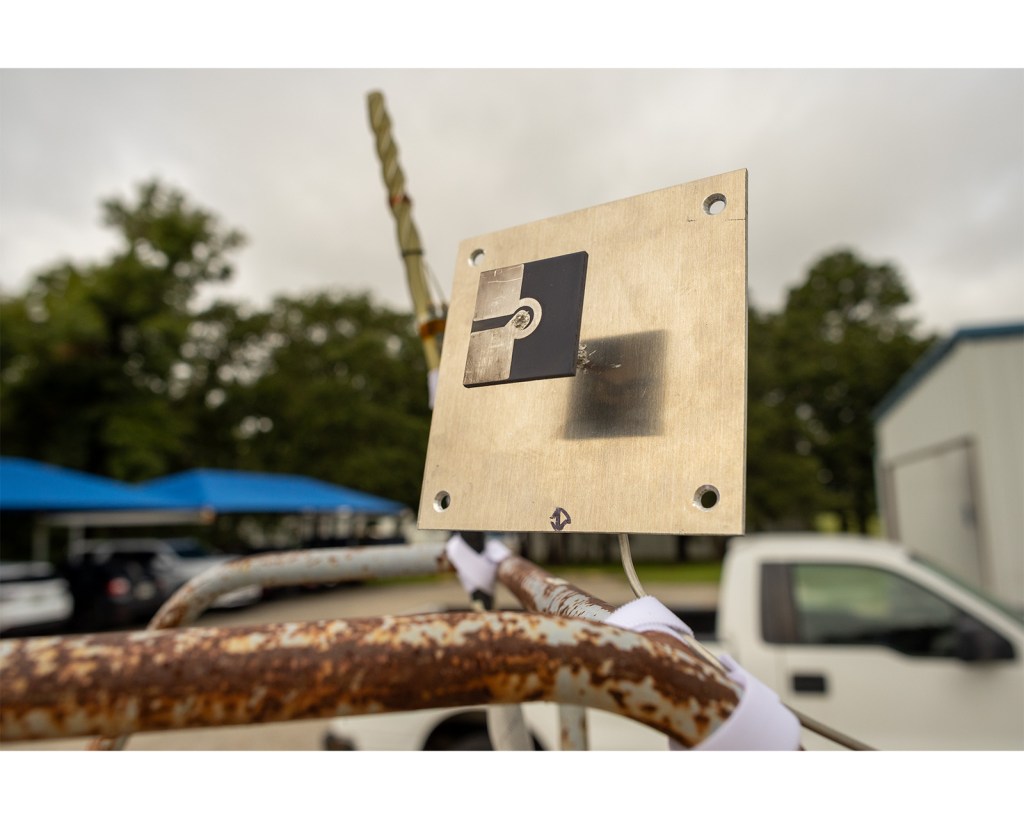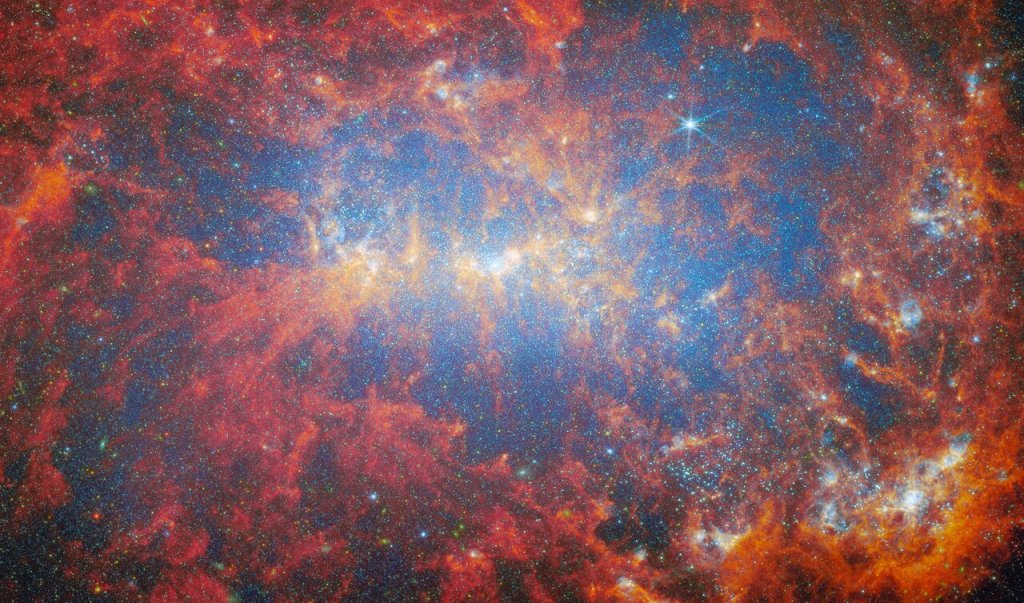By Liz Junod
A threat of lightning prevented more than 35,000 people from entering Rock the South –an outdoor country music festival in Cullman, Alabama, last month. The decision, a safety precaution prior to the event, was heavily influenced by NASA Marshall Space Flight Center’s Short-Term Prediction Research and Transition Center’s (SPoRT) new Lightning prediction – AI (Artificial Intelligence) tool.
This new technology can predict the probability of lightning up to 15 minutes in advance before a flash occurs and was instrumental in informing concert organizers during the three-day event. Meteorologists Huntir Cramer and Dan Dixon from the National Weather Service of Huntsville were stationed at Cullman County Emergency Management Agency Mobile Emergency Operations Center at Rock the South to provide operational weather support for the event. Both Cramer and Dixon used SPoRT’s Lightning-AI product to forecast the threat of lightning July 21.
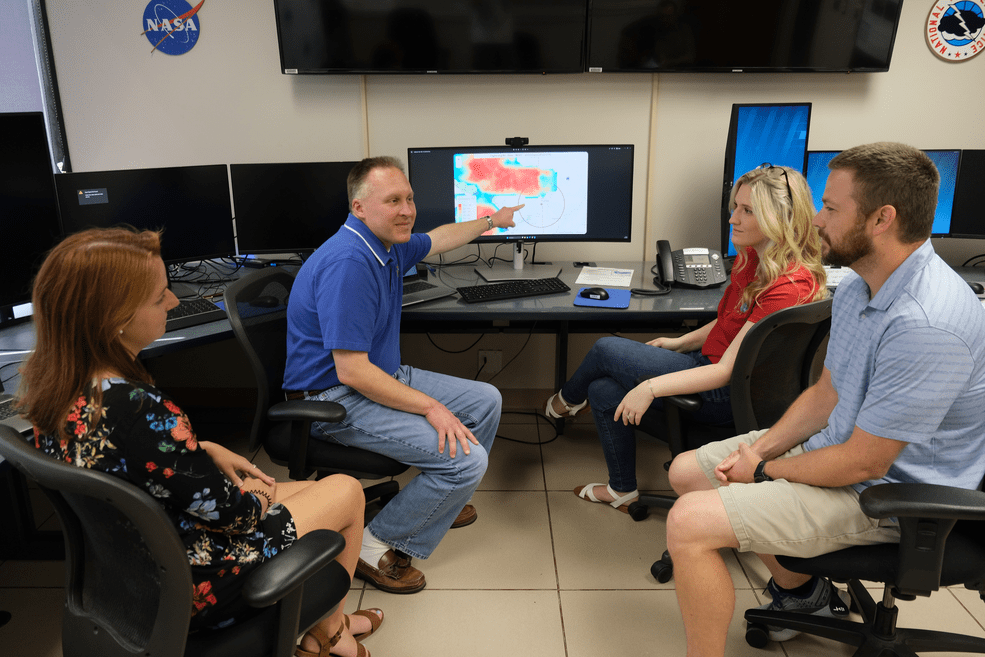
“Summertime pop-up convection can happen very quickly, so having any type of advance warning is extremely helpful, especially with large outdoor events taking place,” Cramer said.
Operating SPoRT’s new Lightning Viewer, which houses a suite of lightning products, including Lightning-AI, Cramer and Dixon used the viewer’s range ring tool to set up a defined milage perimeter around Rock the South.
“One storm that developed to the south-southwest of the venue ended up congealing with the storm just to the north of it and started generating a lot of lightning,” Dixon said.
Said Cramer, “As we saw the product’s probability of lightning increasing closer to the range ring around the venue, we knew this would cause a risk to the public’s safety.”
Dixon and Cramer quickly alerted Cullman County’s Emergency Management Agency that SPoRT’s Lightning-AI product was indicating a 50% chance of lightning striking close to the venue around 3 p.m.
This information prompted event coordinators for to bar concertgoers from entering the venue so they could shelter in their vehicles. Lightning did in fact occur within 5 miles of the venue while it was closed for safety.
Cramer and Dixon continued monitoring the threat of lightning using Lightning-AI and determined the threat of lightning was substantially decreasing during the 6 p.m. hour. This information helped event coordinators decide that it was safe to open the venue at 6:30 p.m.
The idea behind SPoRT’s Lightning-AI product came from Marshall’s lightning research scientist, Dr. Christopher Schultz. His goal was to develop a product that could predict lightning before it occurs. The current guidance of “Thunder Roars Go Indoors” is reactive, meaning lightning is already occurring.
By providing more lead time to predict lightning, in turn we can give the public more time to seek shelter, and be out of harm’s way of lightning.

Dr. Christopher Schultz
Marshall Space Flight Center
Schultz teamed up with SPoRT colleagues Andrew White and Robert Junod at the University of Alabama in Huntsville (UAH) to develop Lightning-AI using machine learning techniques.
“The machine-learning model was trained on a lot of data from previous events to learn the trends and patterns within the data that lead to lightning initiation,” White said. “It then applies what it has learned to make predictions on future events.”
This new technology was integrated into a freely accessible, interactive viewer, called Lightning Viewer, on SPoRT’s website in June with the help of SPoRT’s data production team, comprised of lead scientific programmer Roger Allen and software developer Michael Antia of Jacobs Space Exploration Group.
Currently, SPoRT’s Lightning-AI is only active near NASA centers in support of NASA emergency managers. However, it will expand to support local National Weather Service offices and their partners in areas near NASA facilities.
Rock the South was the first time SPoRT’s Lightning-AI product was used to support decision-making for a large, public outdoor event. UAH research associate Kelley Murphy, an expert in lightning safety, and the National Weather Service Applications Integrations Meteorologist Kris White are integral members of SPoRT’s Engagement Training and Assessment (ETA) team.
The ETA team communicates frequently with end users of SPoRT products. This engagement, such as with the National Weather Service of Huntsville, allows ETA to collect valuable feedback.
“We can use feedback from Huntir and Dan to tailor the product to their operational need,” Murphy said. “We value their input and want to make sure that products like Lightning-AI are easy to use and help them with their forecasting and decision-support tasks.”
From the feedback provided, Murphy will work with SPoRT’s data production team to determine if changes to SPoRT’s Lightning Viewer need to be made. Murphy and Kris White also will be hosting additional assessments with other SPoRT stakeholders to gain more insight to optimize the Lightning-AI product and benefit multiple entities of the operational weather community.
Junod is a communication specialist supporting NASA SPoRT.

